-
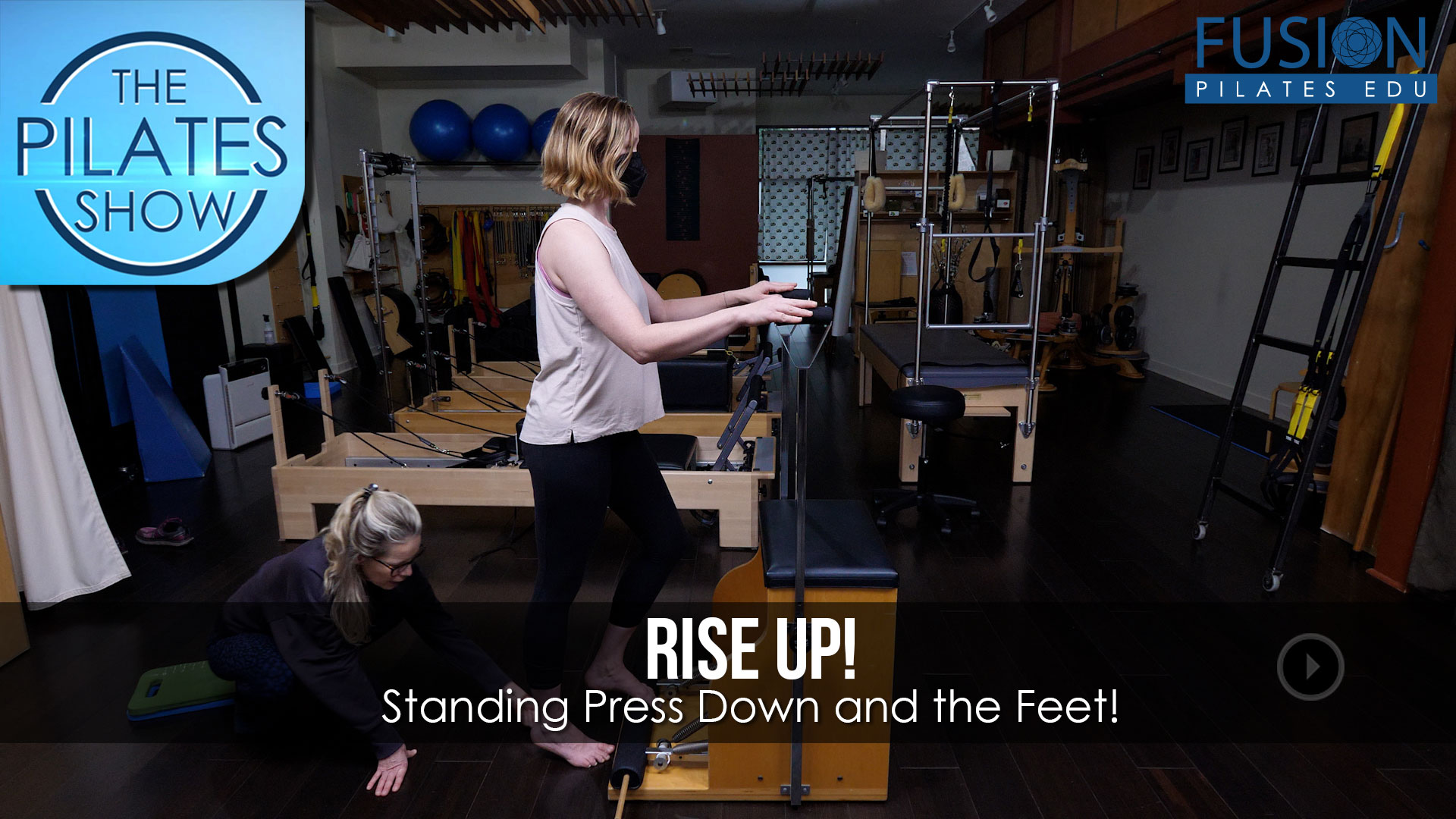 See More
See MoreRise Up! Standing Press Down and the Feet!
Click the Alerts icon above for an email reminder when a new episode posts! Use the Wunda Chair to assess your client’s feet! Want MORE?! Check out our workshops here! Have a question you’d like to see addressed? Have a comment? We want to hear from you – POST BELOW! Comment below, on Facebook, Twitter, […]…
-
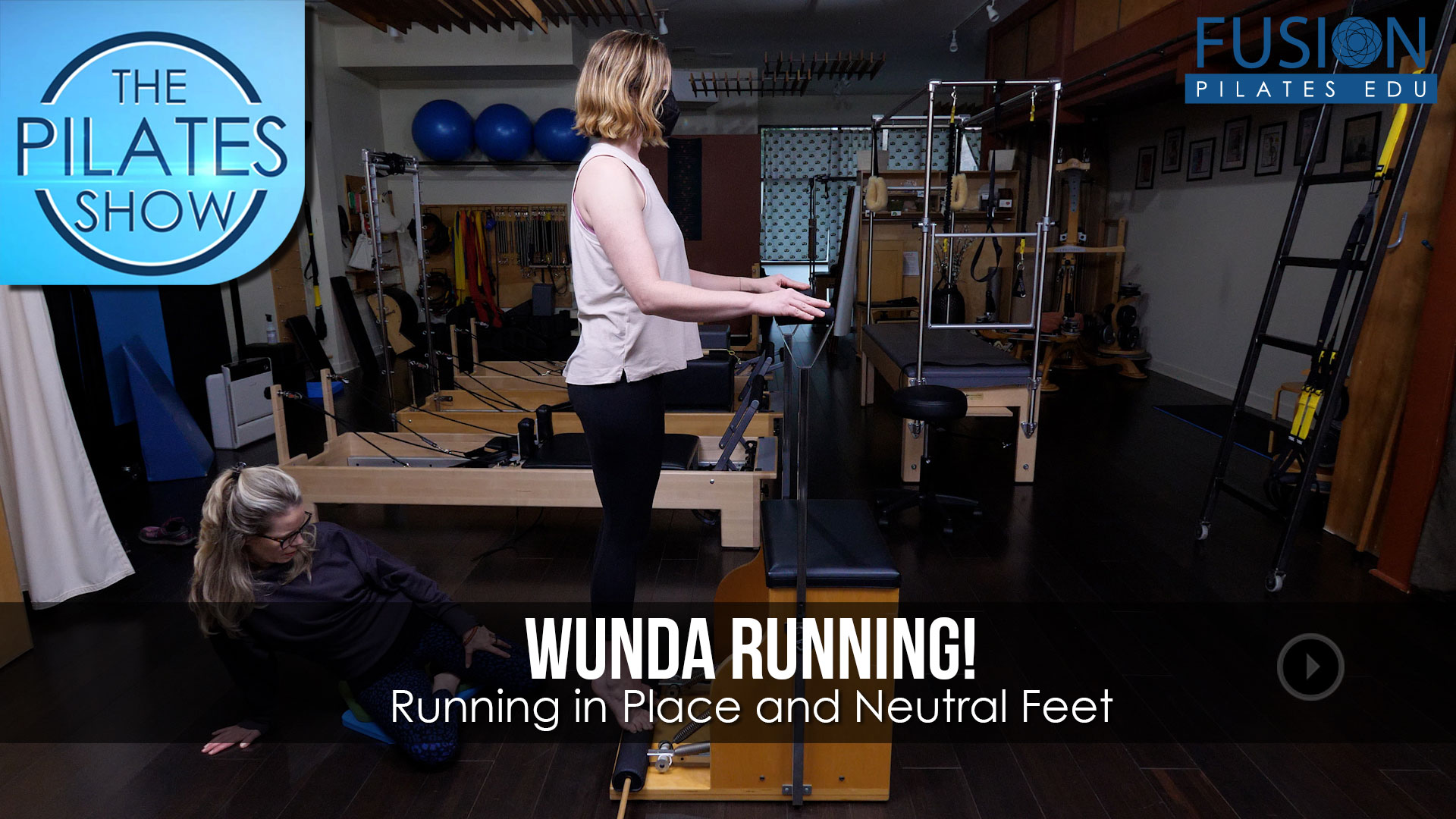 See More
See MoreWunda Running! – Running in Place and Neutral Feet
Click the Alerts icon above for an email reminder when a new episode posts! Use the Wunda Chair and your handholds to change your client’s feet. Want MORE?! Check out our workshops here! Have a question you’d like to see addressed? Have a comment? We want to hear from you – POST BELOW! Comment below, […]…
-
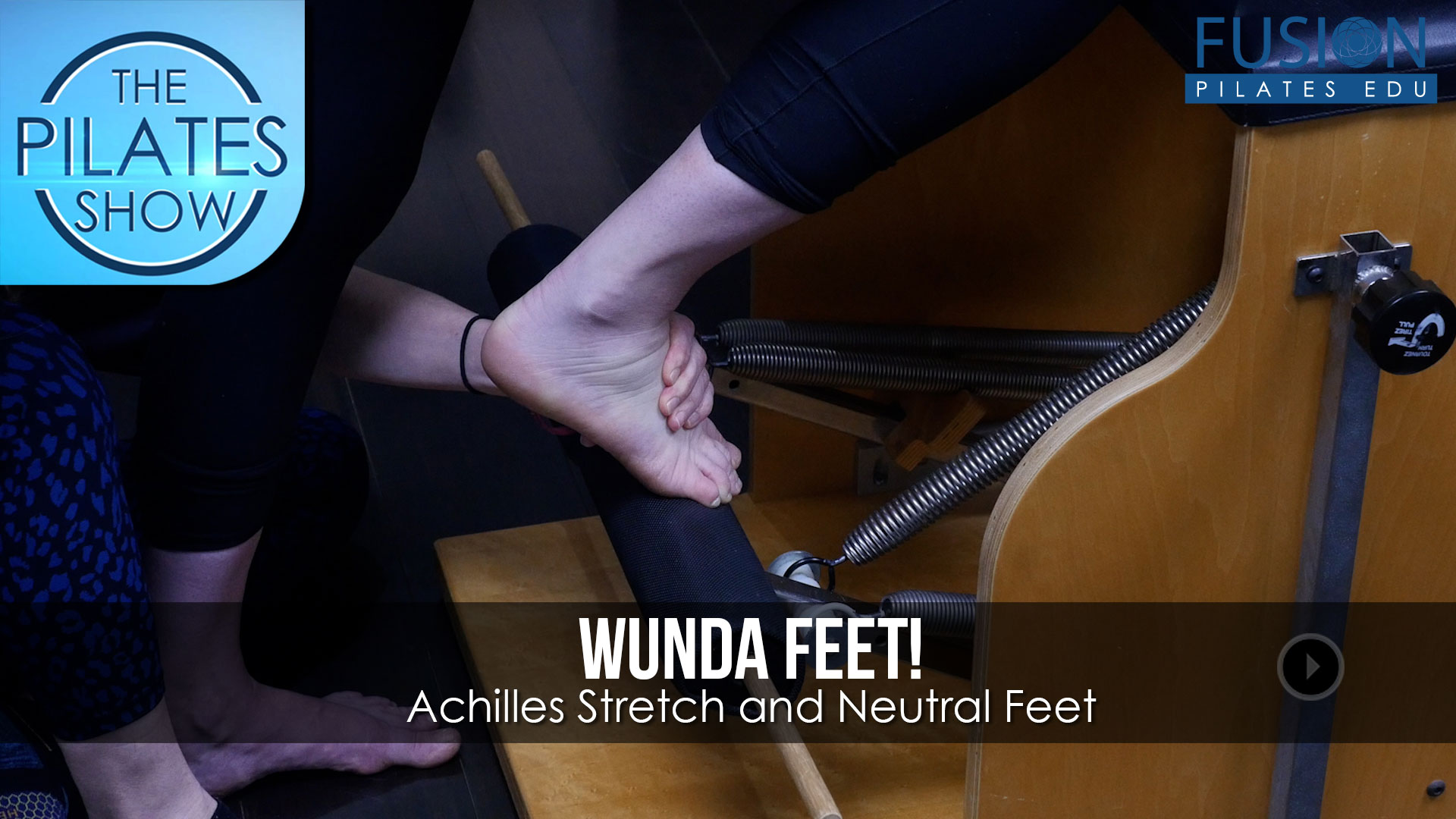 See More
See MoreWunda Feet! – Achilles Stretch and Neutral Feet
Click the Alerts icon above for an email reminder when a new episode posts! Use the Wunda Chair and your handholds to change your client’s feet. Want MORE?! Check out our workshops here! Have a question you’d like to see addressed? Have a comment? We want to hear from you – POST BELOW! Comment below, […]…
-
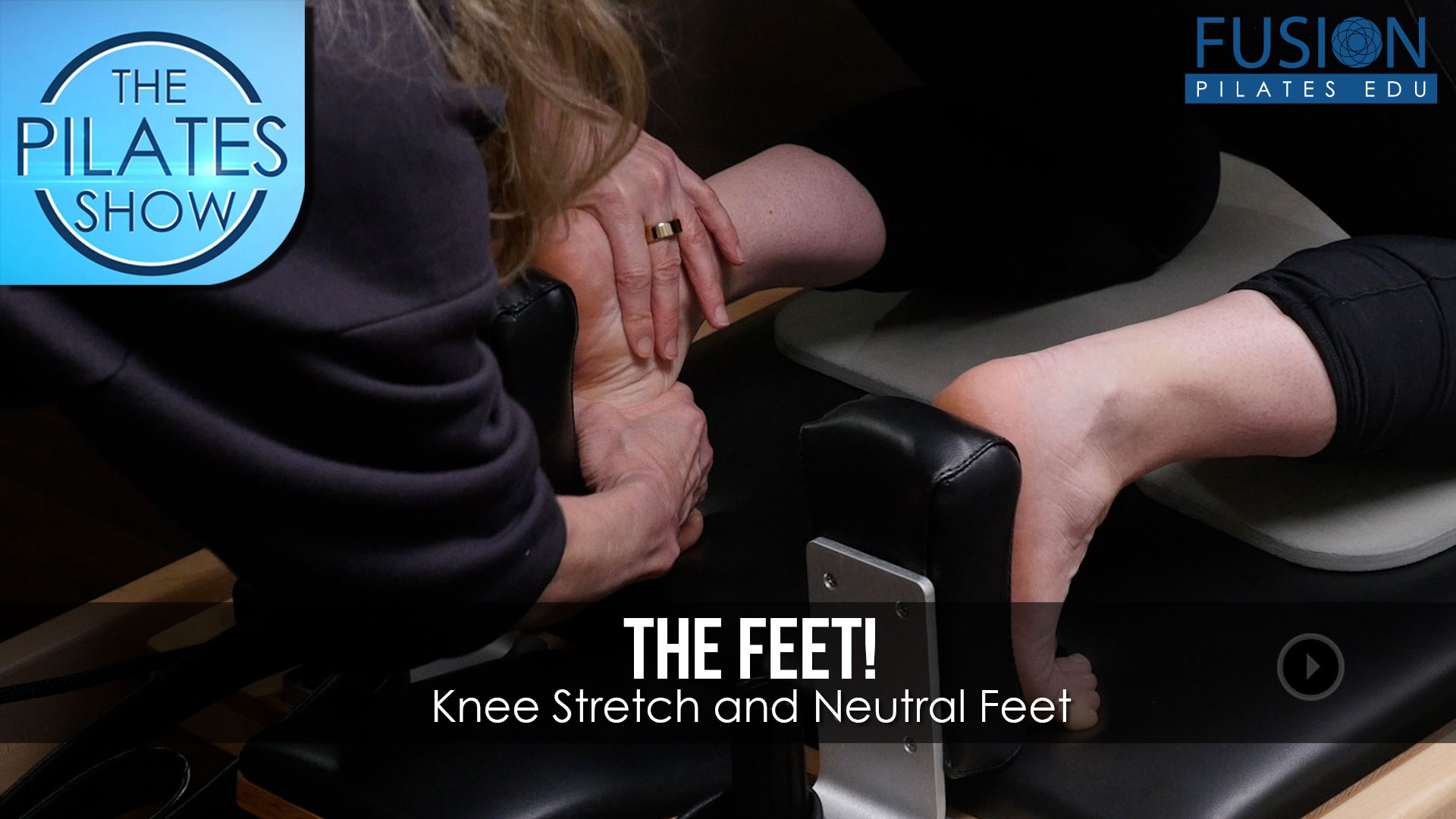 See More
See MoreThe Feet! Knee Stretch and Neutral Feet
Click the Alerts icon above for an email reminder when a new episode posts! Use the Reformer and your handholds to change your client’s feet. Want MORE?! Check out our workshops here! Have a question you’d like to see addressed? Have a comment? We want to hear from you – POST BELOW! Comment below, on […]…
-
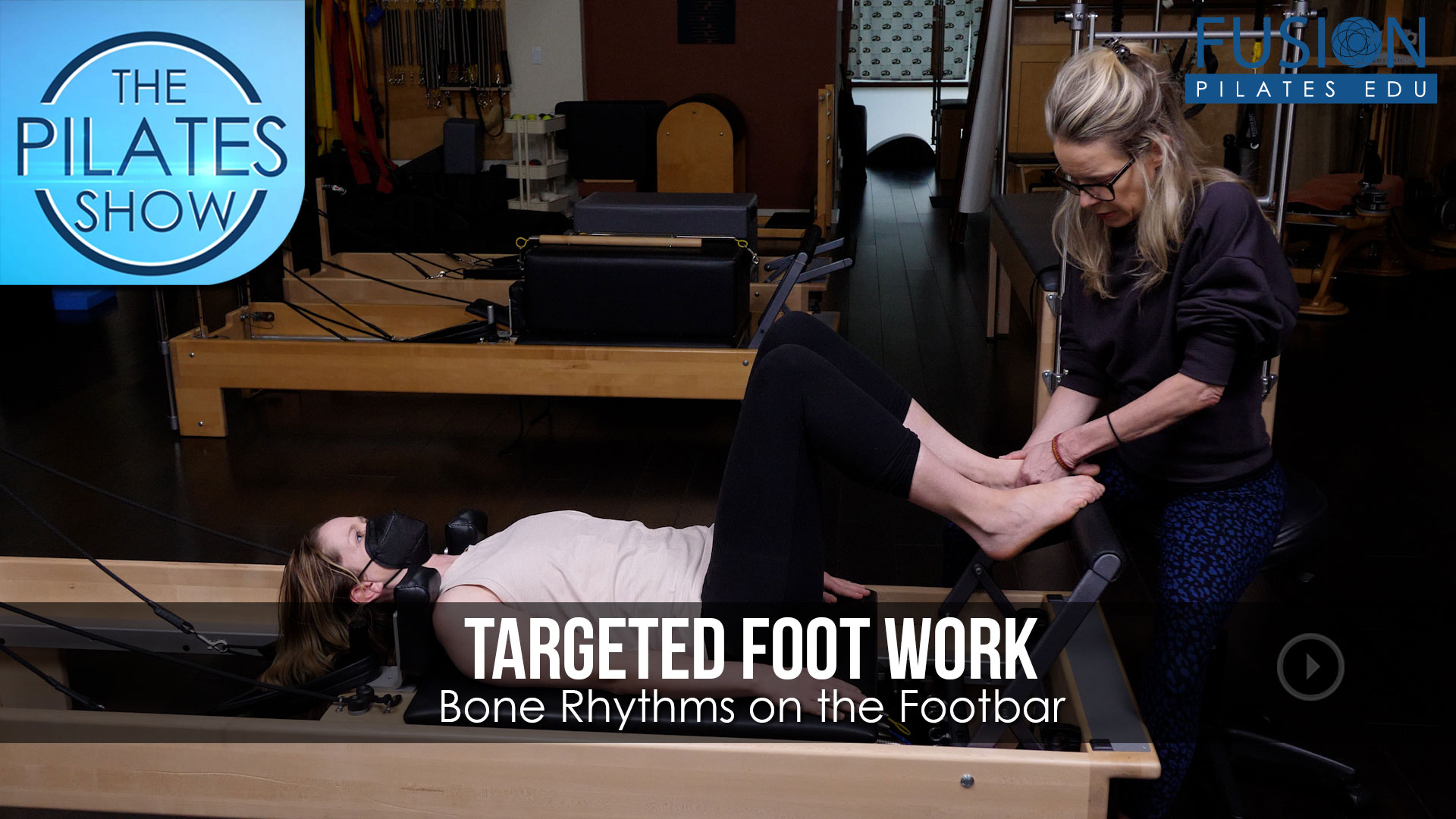 See More
See MoreTargeted Foot Work: Bone Rhythms on the Footbar
Click the Alerts icon above for an email reminder when a new episode posts! Use the footbar and your handholds to change your client’s feet. Want MORE?! Check out our workshops here! Have a question you’d like to see addressed? Have a comment? We want to hear from you – POST BELOW! Comment below, on […]…
-
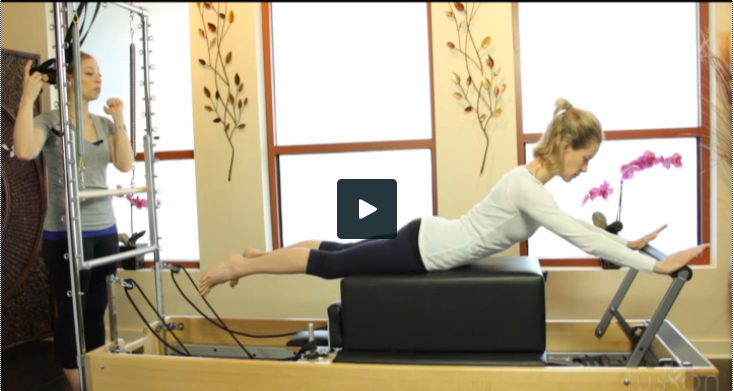 See More
See MoreSwan on Reformer
Reading the body on the equipment is such an important component to being an effective Pilates instructor. Throwing out generic cues can only take the clients so far in their work. The key to giving precise, detail-oriented cueing is speaking to the client’s body. And the only way to speak to the client’s body is […]…
-
 See More
See MoreSwan on Cadillac
To read the body and give alignment cues is often confusing and scary to the beginning teacher. Start simple. Where is the body longer? Where is it shorter? What side of the body is heavier? Ask those types of simple questions and start from there. Know that you cannot address every imbalance in a client […]…
-
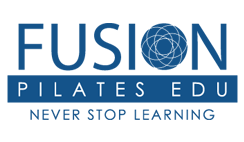 See More
See MoreSwan on the Mat
It is important for the instructor to let the client move so you can see how they organize or don’t organize. This is when you can really pick up on where the imbalances lie. In Swan we typically see lots of compression in the lumbar spine, which can lead to a lot of dysfunction over […]…
-
 See More
See MoreSide Footwork on the Reformer
Side body work is an important part of staying balanced, aligned, and strong. One of the hardest places to get into proper alignment in side lying is on the Reformer because of the restraints of the shoulder blocks, headrest, and footbar. The video below will show you how to prop the body in side lying […]…
-
 See More
See MoreSide Kicks on the Mat
Body Braille™ is one of our signature courses that teaches Pilates instructors how to read their client’s bodies in order to formulate a plan for what exercises will best help them reach their goals. In this video we’re going to take a look at how to use this technique during Side Kicks on the Mat. […]…
-
 See More
See MoreStatic vs. Moving Posture Check
Watching clients move when they think no one is looking can tell you so much about why some of their issues remain unresolved. How they stand, sit, get up, or even put on their shoes can give you clues about their habitual movement patterns in a way that not even equipment can tell you. The […]…
-
 See More
See MoreSupine Leg Slide
Watch this video to learn how to read the body during movement. This exercise involves a very simple slide of the leg out and back in. Listen to the creative cueing to help the client stabilize the pelvis and spine as she moves her leg. Often, clients need very subtle cues to bring them into […]…
-
 See More
See MoreCentering Exercise: Lineup on the Footbar
As Pilates teachers, we need to be able to mirror back the body’s true center during exercises. Our clients rely on us for this. But we can also teach them to learn to find their center themselves. When a client has a hard time feeling where she is in space, a visual cue is quite […]…
